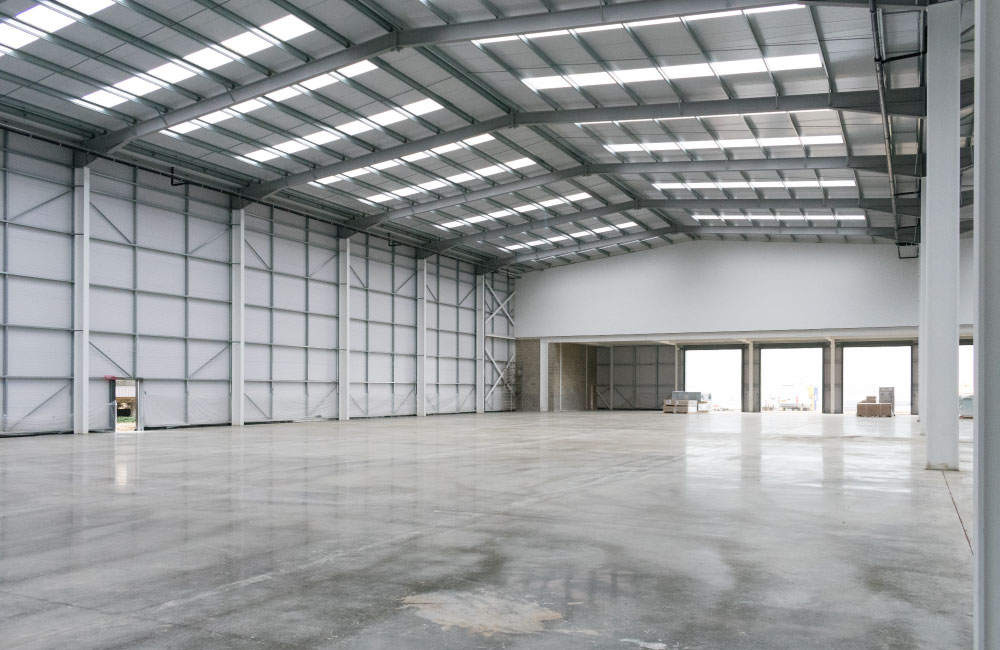
Imagine this, you are on the verge of ordering a prefabricated shed when it hits you—“wait, this project may need a permit first.” And so you put down the phone, then only to realize—it is such a discrete structure, no one cares if you erect it in your property. You’ve heard before that authorities exclude sheds from buildings they painstakingly review. But as you press the call button again, it comes to your senses—“so why do some people pay fines and bid goodbye to their shed for violating zoning codes?”
If this happens, the smart move is don’t call the shed manufacturer yet. Instead, have a phone conversation or personal one-on-one talk with an officer from the building and zoning division of your local government. The sure “yes” or definite “no” is certainly in this important step. Also, this will give you hints on how and why your local state government is stricter or amenable in its requirements for sheds. And one more thing, better be safe than sorry on guessing games with an investment such as prefab shed.
The probably “not” required
The idea that a prefab shed is not required to get a building permit does exist—e.g. in Seattle and some parts of Virginia and Maryland. This is possible if your prefab shed has the features they approve to be exempted.
Typically these features pertain to how small a portion of land will be used and if it is not in an unsafe area. It also has something to do with the shed’s built—freestanding or attached, number of levels, and type of ground. In Seattle, you are fine to go if the shed is far from an environmental critical area (ECA). Also, if it is freestanding on top of the soil or concrete slab that is less than 120 square feet. In some parts of Virginia, an owner-builder only gets a permit if the shed occupies more than 256 square feet. On the other side, Carroll County in Maryland, exempts a mobile prefab shed with 150 square feet of land area.
Take note that a prefab shed is not exempted if there’s added stuff in it like, for example, electrical wiring. Don’t forget also that these exemptions are applicable for the approval of the shed’s structure only.
The possible “yes”
When inspectors check an accessory structure, they typically review its architecture, position within a property, and look within a zoning district. They also naturally examine if it meets the safety standards according to their State’s laws.
Since a prefab shed occupies a land area, even if it does need not a building permit, it is still subject to having a zoning permit. It may also need a certification from a homeowners association or if applicable, approval from the environmental compliance agency. Furthermore, most local governments are highly concerned about setbacks. It is a must that an accessory building has safe distances from the property line, right of way, or protected area.
Some local zoning laws are also specific on space allotted for taller structures, the number of buildings in one’s property, area for parking, etc. The complexity of details certainly depends on what type of zoning codes a state adopted—Euclidean, form-based, or hybrid?

Sources:
- http://www.seattle.gov/sdci/permits/common-projects/sheds
- https://www.carrollcountymd.gov/government/directory/public-works/permits-inspections/residential-projects/installing-a-pre-fab-shed/
- https://www.montgomerycountymd.gov/DPS/Process/rci/residential-sheds.html
- https://www.cityofberkeley.info/Planning_and_Development/Land_Use_Division/Difference_between_a_Zoning_Permit_and_a_Building_Permit.aspx
- https://lpcorp.com/blog/do-you-need-a-building-permit-for-a-storage-shed
- Virginia https://www.alansfactoryoutlet.com/blog/bid/92896/do-i-need-a-building-permit-for-a-storage-shed
- Virginia https://www.bylerbarns.com/need-permit-build-shed/
- https://recode.la/updates/news/types-zoning-codes
If you have some other concerns, like whether you can build a shed next to your neighbor’s fence or how tall a shed should be, contact us at Lion Buildings.
